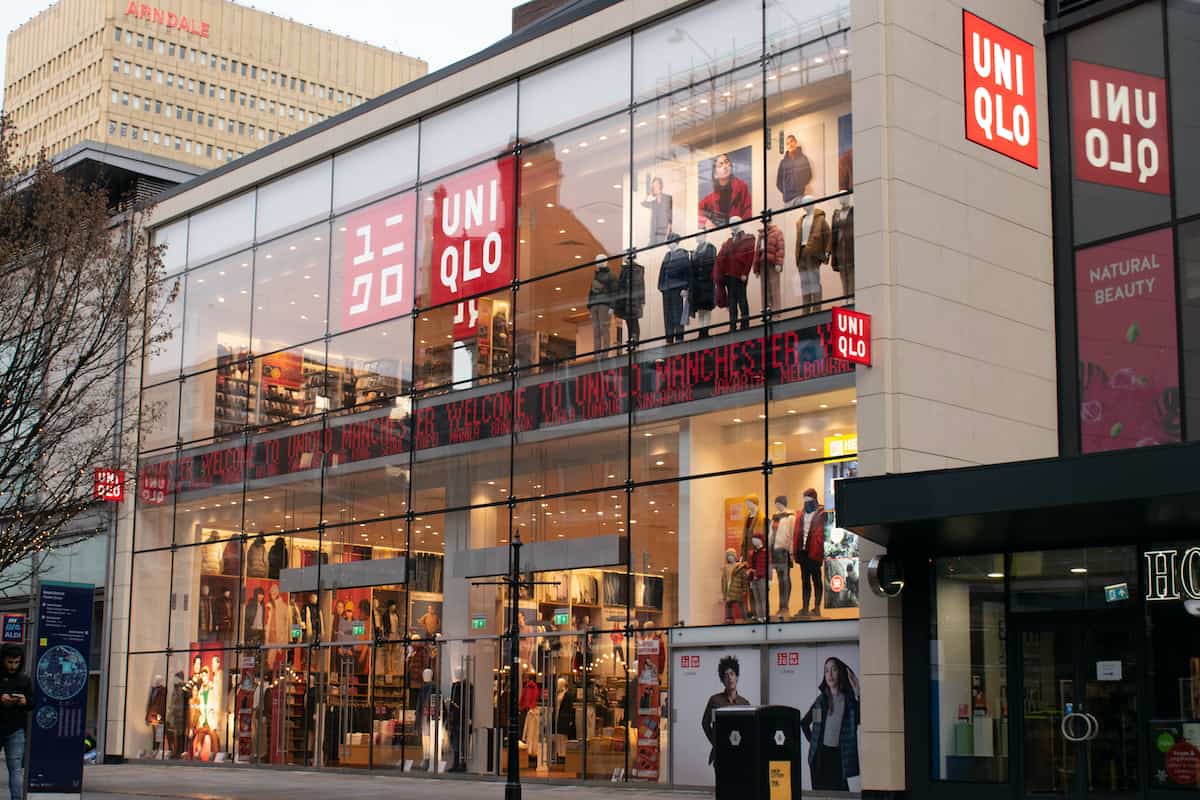The arrival of m-Commerce has broadened the definition of “Merchant” within the marketplace. And with Visa predicting that 52 million mobile payments will be made per month by end of 2013, it is clear that mobile commerce is thriving. Here Tom Conlon, VP of Marketing and Business Development, VeriFone EMEA, takes a look at the complex m-payment landscape and points out what it means for you
The payment ecosystem is changing. The days of simple card or cash payments are long gone. In its place are innovative payment methods that reach across payment channels, push boundaries and offer a new experience to consumers.
This is further fuelled by the arrival of virtual wallets that are bridging the gap between ‘online’ and ‘offline’. As a result, tomorrow’s consumers – equipped with multiple wallets, apps and programs – will come to merchants expecting to ‘pay AND play’.
But how do retailers address this changing ecosystem? What will be the most popular payment methods, and how can these help drive consumers to sales points? These are some of the difficult questions that merchants are facing when planning future investment.
Rise of mobile payments
The number of UK smartphone users continues to grow rapidly. In fact, this year there will be 30.9 million smartphone users in the UK, representing 48.4% of UK residents and 60.4% of UK mobile phone users (eMarKeter 2013). Already, one in five UK consumers use their mobile to make payments, according to the UK Payments Council. As consumers become more and more reliant on their smart phones, there is no doubt that mobile payments will continue to increase.
The potential of mobile payments as a sales channel is clear. It allows retailers the opportunity to connect with consumers, to utilise customer data and target discounts, vouchers and loyalty schemes in order drive footfall and ultimately revenue. With mobile browsers, online retailers are no longer restricted to the desktop. They need to be able to appeal to consumers on the move with web-platforms that are optimized for mobile browsers.
Despite this growth, mobile payments have also been hit by issues such as a security, lack of infrastructure and complexity that has halted adoption. In order for mobile payments to continue to grow, online and traditional retailers must implement simple and secure services, while still making sure payments are accepted quickly and easily.
NFC and contactless payments
NFC and contactless payments have also changed the payment ecosystem. Establishing itself as one of the most exciting and innovative ways to pay. A recent report by ABI Research revealed that in 2013 alone, 285 million NFC enabled devices will be shipped. With the report also forecasting that NFC will reach $100bn global enabled payments by 2016, it is clear that NFC is at the heart of revolutionising the retail experience, and is capable of delivering unprecedented value to merchants.
However, in order for contactless and NFC to continue to grow, retailers must make sure that the infrastructure is in place to accept these payments at the point of sale (PoS). They must also eliminate fragmentation and provide a seamless experience for the consumer. Only then can the true value of NFC and contactless be realised.
The mobile wallet
It can be argued that the digital or mobile wallet offers more than any other payment option. As payments converge with loyalty schemes and reward programmes, retailers can use mobile wallets to leverage customer data to drive people in-store or to their websites.
With a plethora of mobile wallets available to consumers from providers such as Isis, Google, Square, Samsung and Microsoft, an integrated multi-channel approach has never been more vital. Once again, convincing consumers that security can be trusted will play a powerful role in driving adoption of mobile wallets.
Complexity and collaboration – a multichannel approach
Merchants are looking for a commerce solution to help them stay competitive. At the same time they are under pressure to provide a complete payment experience – eliminating complexities while still providing the choice, flexibility, security, support and cost control needed. Retailers are also faced with the challenge of being equipped to accept the myriad of payment solutions now available. Whether online, via a smart phone or in-store, retailers must be able to accept them all in order to maximise revenue.
But it doesn’t stop at acceptance. Platforms must also be able to redeem mobile vouchers and e-loyalty points, as well as, exploit mobile services to get them closer to their customer to reduce basket walkaways and keep them loyal.
Payments as a service platforms may be the solution as they take the guesswork and complexity out of managing multiple payment channels, promotional technologies and meeting regulatory standards.
Implementing a payments as a service approach allows merchants to reduce CAPEX by offering a fixed regular OPEX-based fee structure, whilst also providing quick and easy integration using proven solutions. It reduces risk and compliance costs, ensuring the latest security, certifications and processes. Critically it offers retailers choice and flexibility with cross-selling and upselling tools through value added applications and service. With increasing competition between retailers on the high street and online platforms, removing complexity and embrace a multichannel payments as a service platform can no longer be ignored.
Blurring boundaries
As retail continues to evolve, the boundaries between physical and online channels are blurring. Most retailers offer more than one channel to the marketplace which in turn creates a new set of integration challenges and a greater need for complicity and collaboration.
Put simply, making sure that payments can be accepted, and that the infrastructure supporting payments is looped together, should be the highest priority to retailers. To utilise the changing payments ecosystem, retailers must remove the fragmentation and confusion that is halting adoption, close the acceptance loop and provide a seamless experience for the consumer. It is this approach combined with a payments as a service solution that will meet the needs of both consumers and retailers in an increasingly mobile world.








